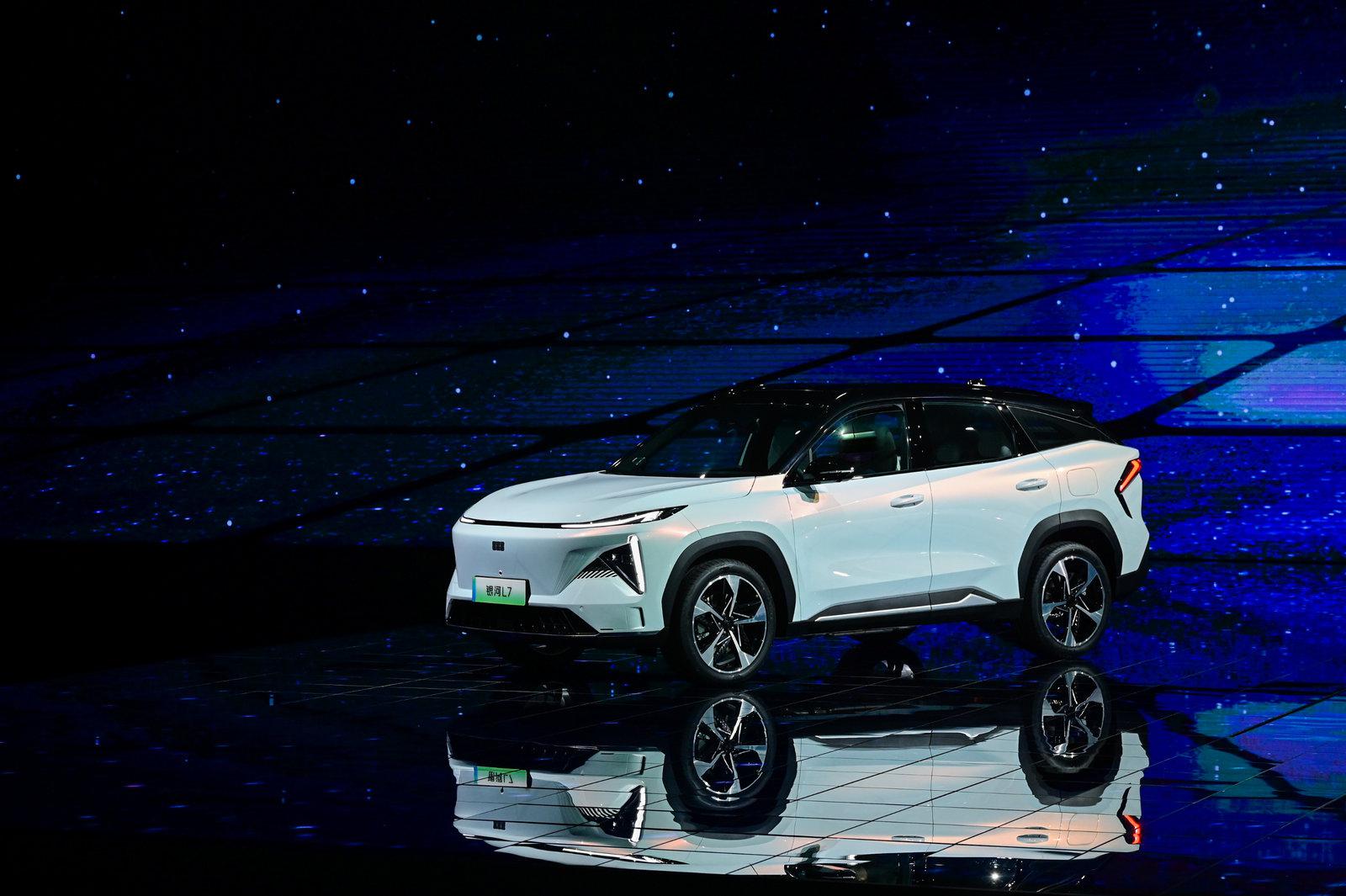Geely’s Galaxy L7 PHEV to hit market on May 31
Shanghai (ZXZC)- Geely announced today that its first plug-in hybrid electric (PHEV) model under its Galaxy new energy vehicle (NEV) series, the Geely Galaxy L7, will hit the market on May 31.
As the first production model of Geely’s Galaxy range, the Galaxy L7 has garnered significant attention since its unveiling. It was available for pre-order starting from February this year, and on April 24, the new car officially rolled off the production line at Geely's manufacturing base in Baoji city. According to official data, the blind pre-orders for the new model have already exceeded 10,000 units. Furthermore, in addition to the Galaxy L7, Geely has plans to introduce six more new products over the next two years.

Geely Galaxy L7; photo credit: Geely
In the eye of industry's insiders, the Galaxy L7 is seen as the catalyst for Geely's new phase of electrification transformation. In 2022, Geely's total auto sales reached 1.4329 million units, but its new energy vehicle sales accounted for only 328,700 units, representing 23% of the total sales. This performance falls behind its peers such as BYD and GAC Group.
Geely has set a sales target of surpassing 1.65 million vehicles in 2023, with new energy vehicle sales doubling from 2022, exceeding 650,000 units.
Based on the e-CMA architecture The Galaxy L7 is positioned as a compact SUV, and debuts with three major intelligent electric technologies, namely, the Aegis battery safety system, the NordThor dedicated hybrid engine (NordThor 8848), and the all-new Galaxy N OS. It targets the market in the price range of 150,000 yuan to 200,000 yuan.
As a PHEV model, the Galaxy L7 is equipped with a 1.5-liter four-cylinder engine that delivers a maximum power of 163 hp. It is paired with the next-generation NordThor 3DHT variable frequency electric drive system. The vehicle can achieve a 0-100 km/h acceleration time of 6.9 seconds, and has a combined range of 1,370 kilometers under CLTC test conditions.

